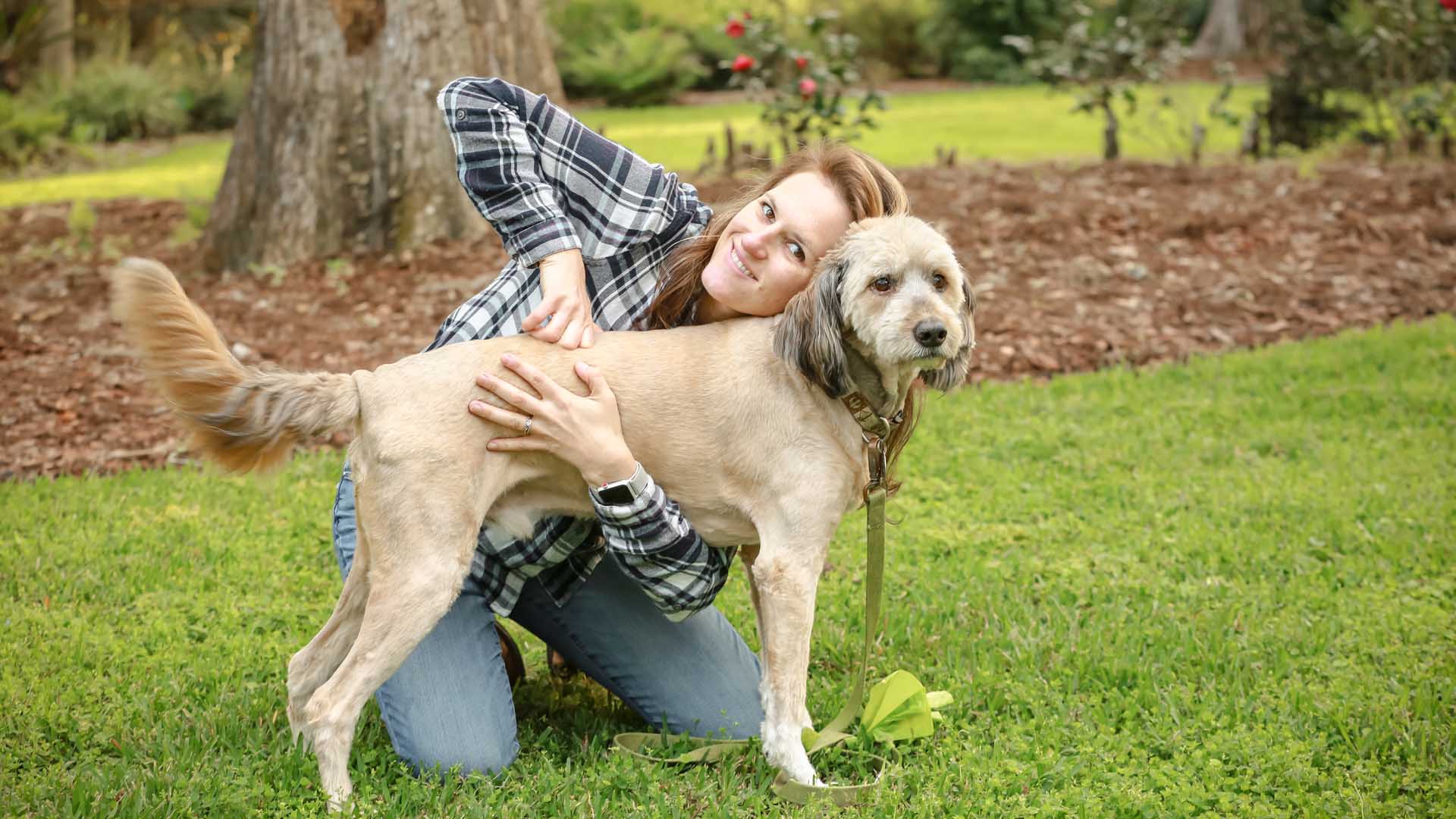As the sun rises over the gentle landscapes of Ocala, FL, a fascinating dance is taking place. In one arena, a human chiropractor aids an athlete, restoring balance and ease to their movements. In the adjacent field, an equine chiropractor mirrors this process, their skilled hands dancing across a horse’s back, guiding it towards relief and restored vitality. Although the subjects are different, the principles guiding their treatment are the same. Yet, the question remains, what differentiates human chiropractic from animal chiropractic?
At their core, both human and animal chiropractic hinge on the principle of facilitating the body’s inherent ability to heal itself. The focus is on ensuring optimal functionality of the nervous system by addressing any misalignments in the spine, known as subluxations, that may interfere with this function. In this way, both human and animal chiropractic work towards the same end goal – promoting wellness and vitality from within.
However, when delving deeper into the practice of animal chiropractic, one encounters the first key difference. Unlike their human counterparts, animals cannot articulate their discomfort or pain, which calls for a heightened level of intuition and understanding from the animal chiropractor. They must be adept at reading an animal’s non-verbal cues and body language, a skill that comes from extensive training and experience.
The field of animal chiropractic also branches into specific areas like equine chiropractic and canine chiropractic, which demand a detailed understanding of the unique anatomical and physiological aspects of different animal species. For instance, the structure of a horse’s spine is considerably different from that of a dog, and these differences need to be taken into account when performing adjustments.
This brings us to another crucial point of difference: the educational requirements. A certified animal chiropractor is typically a licensed chiropractor or veterinarian who has undergone additional specialized training. According to the American Veterinary Chiropractic Association (AVCA) and the International Veterinary Chiropractic Association (IVCA), this entails a minimum of 210 hours of animal chiropractic instruction, passing a comprehensive certification exam, and maintaining the certification through continuing education.
In addition to classroom learning, these professionals spend countless hours in practical settings, honing their skills and expanding their knowledge under the watchful eyes of experienced mentors. This extensive training prepares them to provide safe and effective care, whether it’s equine chiropractic on the fields of Ocala, FL, or canine chiropractic in the comfort of a pet’s home, delivered by a mobile chiropractor.
In essence, while the philosophies guiding human and animal chiropractic are aligned, the practice of animal chiropractic demands a broader skill set, an in-depth understanding of different animal species, and the ability to communicate without words.
At Synchrony Chiropractic, we’re proud to embody these qualities, offering professional and compassionate care for your animal companions. If you have any questions or would like to learn more, don’t hesitate to reach out. You can call or text us at 352-356-8665, or email us at hello@synchronychiro.flywheelsites.com. If you’re ready to schedule an appointment, you can submit your request through our website.
References:
Faramarzi, B., et al. (2010). An investigation into the depth of chiropractic spinal manipulations in horses. Equine Veterinary Journal.
Innes, J.F., et al. (2005). Review of the safety and efficacy of manipulative physiotherapy in dogs with clinically diagnosed back pain: a systematic review. Veterinary Record.
American Veterinary Chiropractic Association (AVCA). (n.d.). Certification Information for Doctors. Retrieved from https://animalchiropractic.org/
International Veterinary Chiropractic Association (IVCA). (n.d.). Become Certified. Retrieved from https://ivca.de/EN/become-certified/

